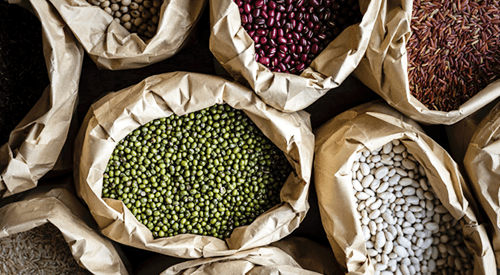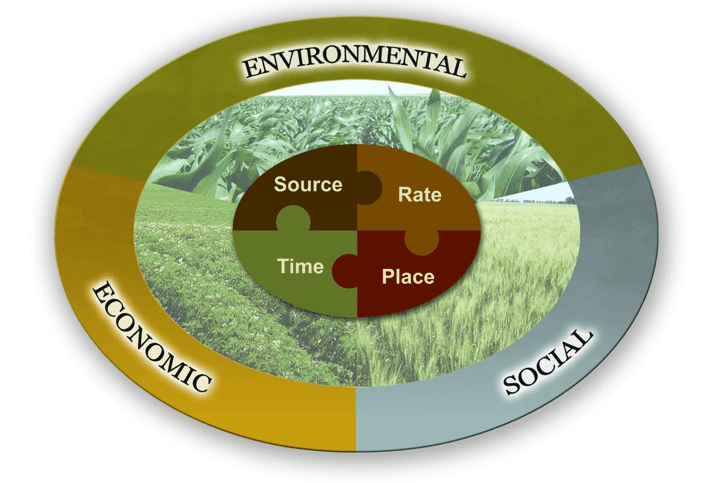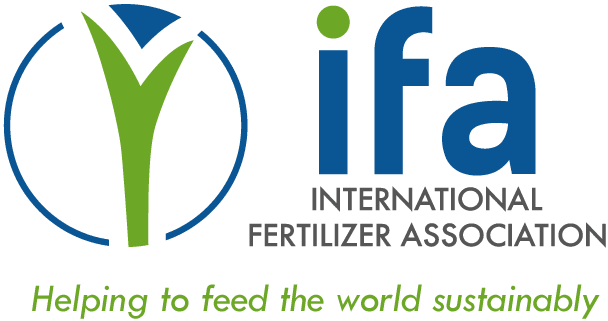5 Reasons Why Nutrient Stewardship is Crucial for Sustainable Food Systems
“Sustainable food systems are those food systems that aim at achieving food and nutrition security and healthy diets while limiting negative environmental impacts and improving socio-economic welfare.”
― CIAT
According to the FAO the number of people suffering from hunger has been growing over the past three years, reaching 821 million in 2017 or one in every nine people, an unfortunate return to levels from almost a decade ago after many years of decrease. As climate change, conflict, our growing world population, pollution and resource constraints put increasing pressure on global agriculture, sustainable food systems are more important than ever.
Here are some of the reasons why nutrient stewardship, using fertilizers responsibly, is key for transforming our food systems.
1. Nutrient stewardship can lift farmers out of poverty

Around 2 billion people live and work on small farms in developing countries, with most smallholder farmer families struggling to survive on less than US$2 a day. In addition, every year an extra 10-15 million young people look for jobs in rural areas.
For every 1 kg of nutrient applied, farmers obtain 5-30 kg of additional product, doubling or tripling farm productivity within a single cropping season, if used alongside other crop inputs. With access to affordable fertilizers, and best management practices such as the 4Rs - using the right nutrient source, at the right rate, in the rate place, at the right time - these subsistence farmers can sustainably produce a surplus to sell, providing income for additional food, education, health care and to employ local workers.
2. Access to nutrients can increase gender equality in agriculture

Although women make up half of all smallholder farmers in East and South-East Asia and sub-Saharan Africa, the FAO has recorded women’s use of fertilizer as being significantly lower than men’s, a major factor that contributes to women’s yields being around 20-30% lower.
With women often producing yields 20-30% greater than men, with access to the same inputs, this gap could be bridged sizably by improving women’s access to fertilizers and 4R nutrient stewardship training, which could feed a further 150 million people, according to the FAO, helping to improve both food security and gender equality.
3. Fertilizers can provide better nutrition for all through micronutrients

More than 2 billion people, mostly in developing countries, suffer from micronutrient malnutrition, sometimes referred to as “hidden hunger”. Micronutrient-enriched fertilization is considered one of the most promising ways to fight malnutrition, alleviate nutrient deficiencies and create healthy diets worldwide, especially in zinc, selenium and iodine.
Fertilizers can also extend the lifecycle of food by improving the post-harvest integrity of crops and thus reducing food waste. Calcium and boron-containing fertilizers, for example, help strengthen plant cells, making crops more resilient and potentially longer lasting.
4. Nutrient stewardship can significantly reduce environmental nutrient losses

While plant nutrients, applied by farmers from both organic and mineral fertilizers, play a crucial role in enhancing agricultural yields and feeding the word’s growing population, some of these nutrients can be lost to water and in the atmosphere.
Although nitrogen and phosphorus losses to the environment in various forms cannot be completely avoided, due to their complex biological cycles, their negative environmental impacts can be minimized with proper soil and crop nutrient management practices such as 4R nutrient stewardship.
5. Nutrient management helps preserve and protect wild ecosystems

By increasing productivity on existing arable land, fertilizers help forestall deforestation as well as the loss of other wild lands. This preserves biodiversity and reduces the environmental impact of farming as deforestation, and loss of peatland, wetlands and grasslands combined, represent about 10% of global GHG emissions.
Increased yields due to proper nutrient management have helped conserve one billion hectares from conversion to cropping between 1961 and 2005, leading to carbon emission savings of 317 to 350 Gt CO2-eq, playing a huge part in limiting the negative environmental impacts of our food systems.

